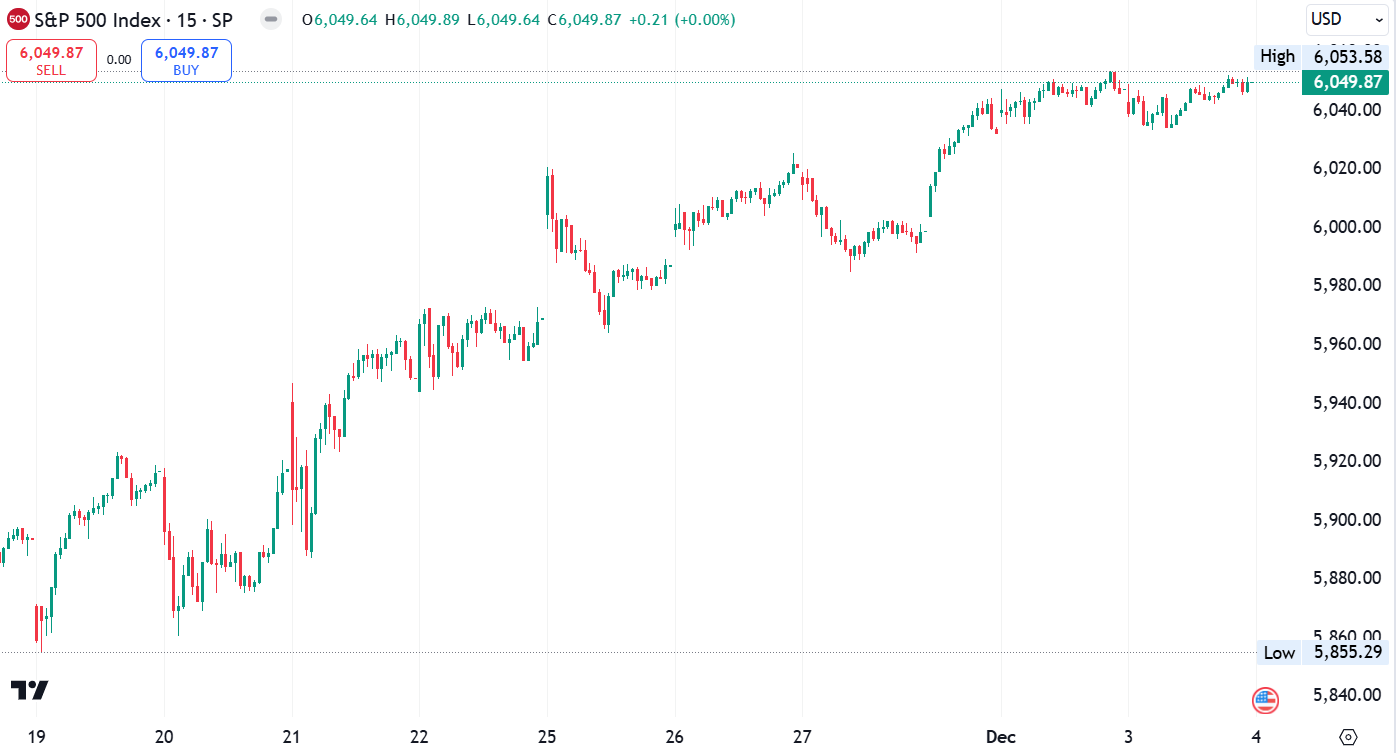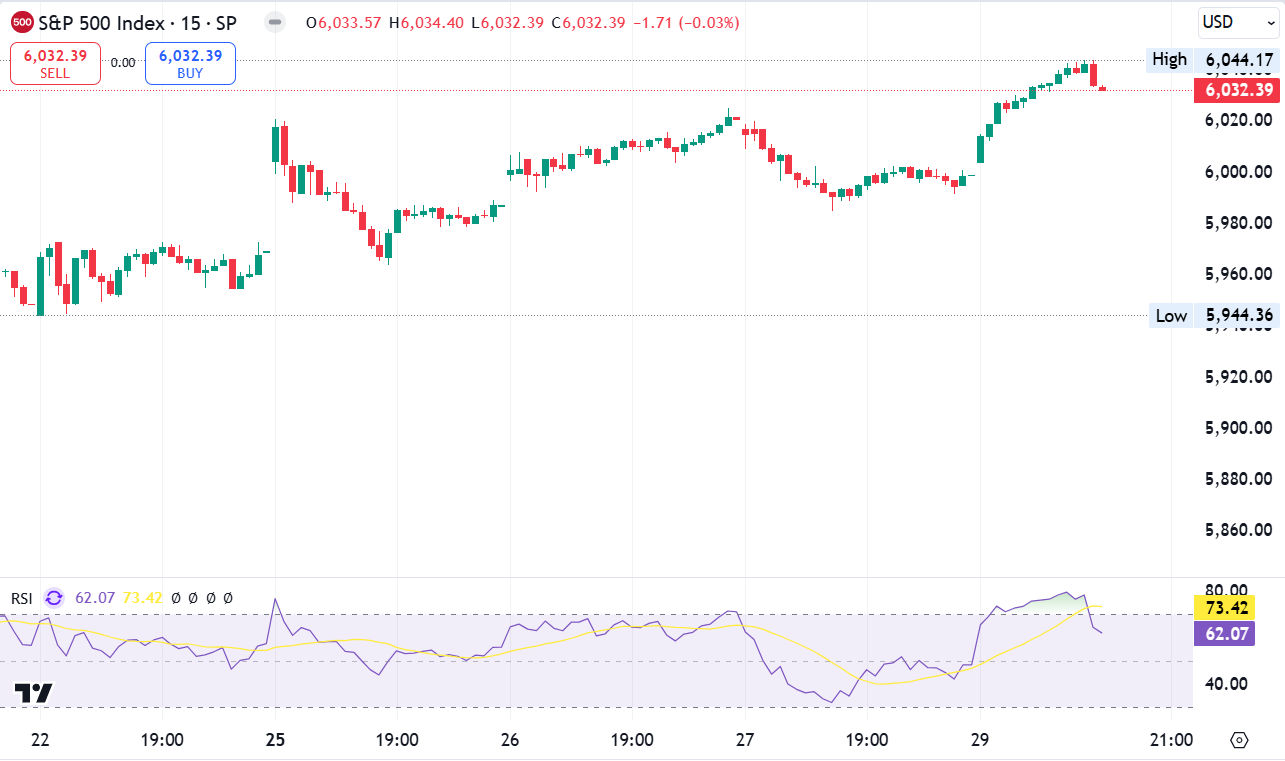Navigating the Waves of Volatile Stocks: A Market Update

Navigating the Waves of Volatile Stocks: A Market Update
The rollercoaster ride of the stock market continued this week with a mix of gains and losses. A rally fueled by the tech sector lost steam after a Samsung profit warning cast a shadow on the industry. In this dynamic environment, understanding the movements of volatile stocks is crucial for investors seeking stability and growth in their portfolios.
Tech Turbulence and Its Ripple Effect on The Stocks
The Dow Jones Industrial Average (^DJI) slipped 0.4%, and the S&P 500 (^GSPC) fell nearly 0.2%, reflecting the impact of Samsung’s bleak update. The Korean tech giant’s projection of a 35% drop in fourth-quarter operating income underscored challenges in the PC and mobile sector, affecting the demand for its memory chips. As a result, the market’s earlier gains were offset, particularly in the tech-heavy Nasdaq Composite (^IXIC), impacting the stocks and the list of most volatile stocks.
Despite a tech-driven boost on Monday, highlighted by Big Tech helping lift stocks, uncertainties linger. Boeing’s (BA) troubles and a potential interest rate cut increased the market’s complexity. Investors are closely eyeing the December consumer inflation reading, slated for Thursday, as it could influence future interest rate decisions. However, two Federal Reserve officials poured cold water on expectations of an imminent rate cut, adding another layer of uncertainty.
Global Economic Landscape and Stock Management
The global economic slowdown, as predicted by the World Bank, further complicates the outlook. According to the World Bank’s latest Global Economic Prospects report, growth is expected to decrease to 2.4% this year, with a subsequent uptick to 2.7% in 2025. This slowdown is attributed to weak global trade and the impact of elevated interest rates set by central banks to control inflation. The report suggests that many countries may cut rates this year, including the US Federal Reserve, which could be crucial for future market dynamics and stock management.
Effective stock management becomes paramount in this landscape. The forecasted soft landing in the face of decreasing inflation rates is a rare scenario. However, the World Bank emphasises the importance of addressing downside risks, such as an escalation of conflicts in the Middle East, potential spikes in commodity prices, financial stress from elevated debt, trade fragmentation, climate-related disasters, and weaker-than-expected growth in China. Navigating these challenges requires a strategic approach to stock portfolios.
Individual Stock Highlights: United Airlines and Netflix
Amidst the market fluctuations, individual stocks tell unique stories. United Airlines (UAL) saw a positive turn, with a more than 2% increase after a double upgrade from BofA analysts. The valuation disconnect, as noted by analyst Andrew Didora, highlights the importance of recognising opportunities for growth and leveraging them effectively.
On the other hand, streaming giant Netflix faces challenges, as outlined in a Citi report. The risks include lower revenues, higher costs for cash spending, and a reluctance to pursue M&A deals. As the streaming landscape becomes increasingly competitive, established players like Netflix must carefully navigate these challenges to sustain revenue growth and maintain investor confidence.
In the ever-changing landscape of the stock market, understanding and adapting to the movements of volatile stocks is crucial. The tech sector’s turbulence, global economic slowdown, and individual stock dynamics create a complex environment for investors. Effective stock management becomes a strategic imperative to navigate uncertainties and seize opportunities. As we await the December consumer inflation reading, the market remains on edge, emphasising the need for a well-informed and agile approach to investment. In the face of these challenges, investors must stay vigilant, assess risks, and consider long-term trends to secure their financial goals amidst the ebb and flow of the market.
The post Navigating the Waves of Volatile Stocks: A Market Update appeared first on FinanceBrokerage.



